Art Basics – Lesson 1. The Colour Wheel
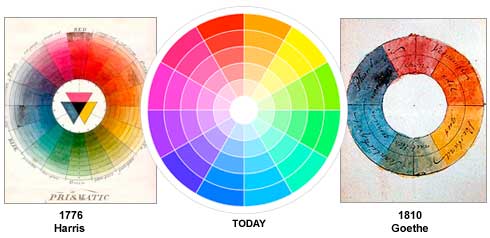
So you want to be an artist, eh? 😉
Because we don’t live in a black-and-white world, let’s start with getting an understanding of how colours work together and how a tool most artists still use all the time, the colour wheel, came into existence.
In 1666 Sir Isaac Newton was the first to develop the colour wheel. He saw a harmony in colours in nature, and correlated the colours of the rainbow (red, orange, yellow, green, blue, indigo and violet) with musical notes (D,E,F,G,A,B,C), and red, yellow and blue together as a chord. He arranged them in a circle, and found that indeed there was harmony between some of the colours, as well as colour contrast between others. He also discovered that red, yellow and blue were the only 3 colours you needed to create any other colour on the colour wheel. Hence these became known as the PRIMARY colours.
Primary, Secondary and Tertiary Colours.
Primary colours, as hinted at above, are the only colours you need to mix any other colour in existence. Mix two primary colours together, and you’ll get a secondary colour. The more you use of one primary colour over another, the closer the HUE of the secondary colour will be to that one.
For example:
Yellow + Red = Orange. If you use more red than yellow, your orange will be more reddish orange. If you use more yellow than red, it will be more closely positioned to yellow on the colour wheel. You can get an infinite range of HUES, depending on the percentage of one primary colour over the other when mixing the secondary colour.
Red + Blue = Violet/Purple.
Blue + Yellow = Green.
Tertiary colours are created by mixing a primary and a secondary colour together, for example yellow-orange, red-orange, red-purple, blue-purple, blue-green and yellow-green. That’s why the hue is a two word name, such as blue-green, red-violet, and yellow-orange.
What’s a Hue?
Hues are the above family of the twelve purest and brightest colors.
- The three primary colours (red, yellow, blue)
- The three secondary colours (orange, green, violet/purple)
- The six tertiary colours (yellow-orange, red-orange, red-purple, blue-purple, blue-green & yellow-green)
Together they form the full spectrum of colours which progress around the primary Colour Wheel in gradual increments.
With just these twelve colors, you can literally mix an infinite number of colour schemes. Most of the time you will work with these twelve basic hues and modifying them by mixing in other colours, because the world obviously has a lot more than just 12 colours in it!
Any questions, suggestions or comments? Let me know in the comments below or comment on my Facebook page! Thanks!
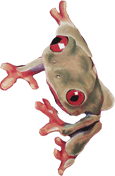
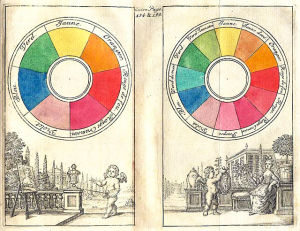

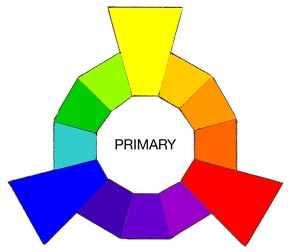

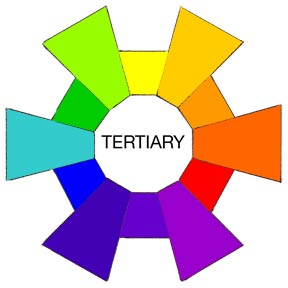
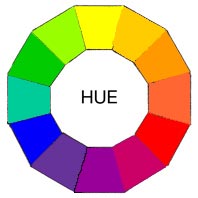
This Post Has 0 Comments